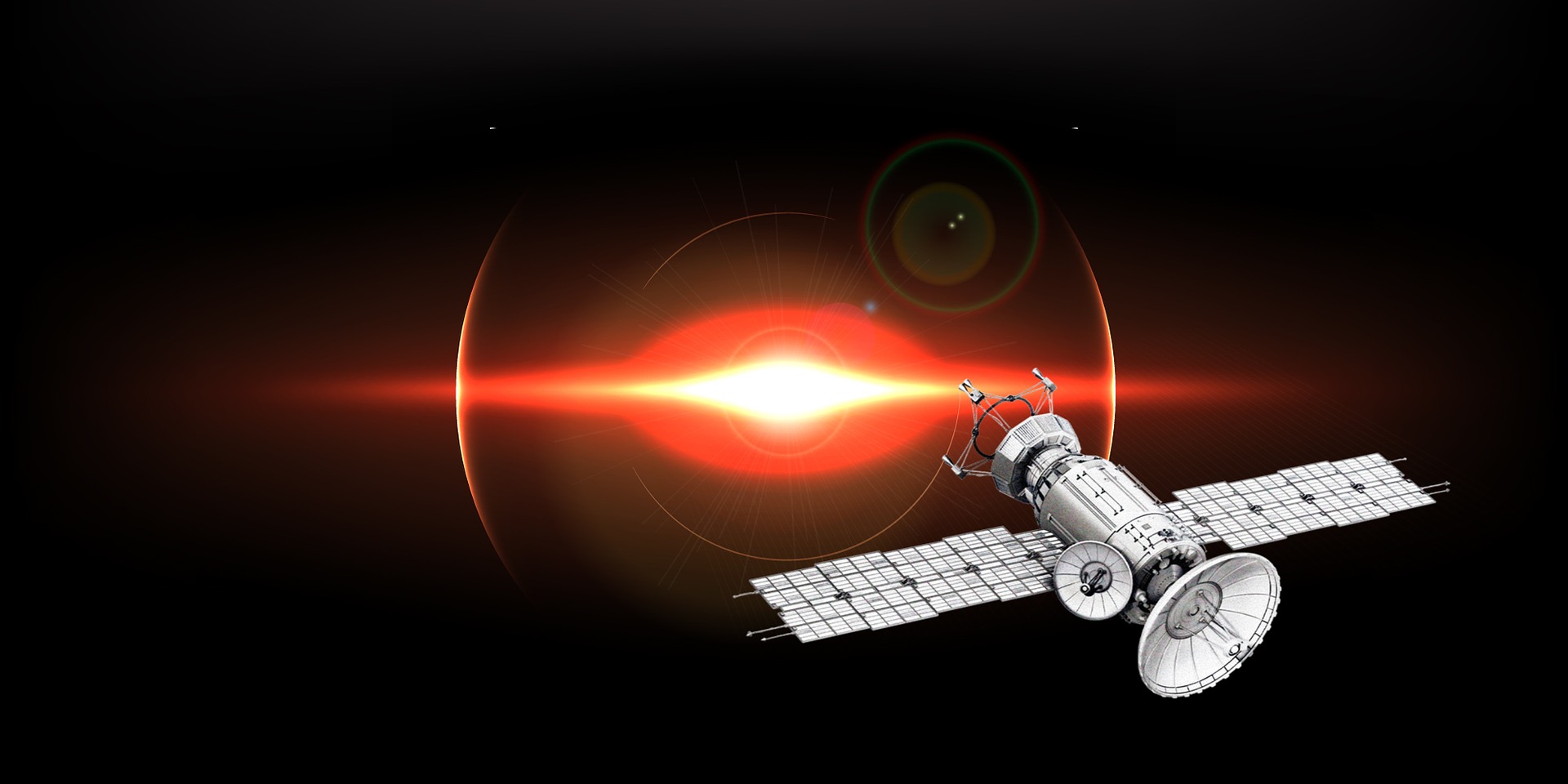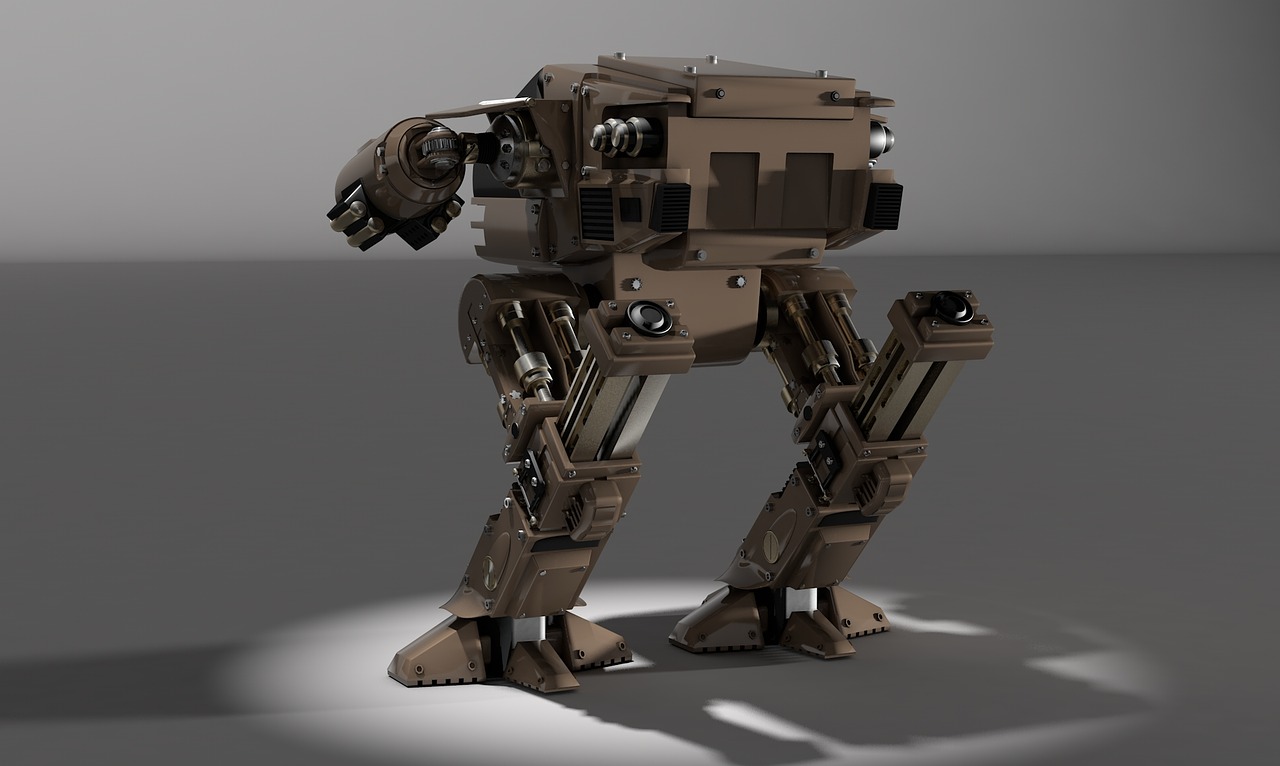The defense electronic systems maker, Elbit Systems is on its way to bring up the new generation helmet that can monitor health condition of the pilot during flight. The helmet, named Canary Airborne Guardian System comes integrated with special kind of sensors that have already achieved success for their astonishing performance of identifying human health condition. Beginning from heartbeat of the pilot to oxygen blood level and blood flow can be measured with this innovative helmet developed keeping in mind safety of the pilot.
The major functionality of this helmet is that it can able to identify severe yet significant conditions of the pilot that may lead to develop hypoxia and G-loc. When concentration of oxygen is low in the blood it leads to a condition called Hypoxia, which can be observed in any person, often in pilots. It is nothing less than oxygen starvation and majorly affects brain and dulls out most of the higher faculties. It is the same condition that stops brain to function and makes person feel drowsy alongside making hands and feet feel numb. Whereas G-loc (G-force induced Loss Of Consciousness) is about loss of consciousness due to decrease in flow of blood to the brain while pilot pulls high Gs. For typical function of eyes and brain, supply of oxygen and glucose are necessary (though both of these store certain amount of sugar they fail to store oxygen) but when the pilot pulls high Gs, body of pilot accelerates downwards and the blood is drained out from eyes and brain, which eventually leads to the condition of losing consciousness.

For pilots, these two conditions are life-threatening as they often occur without any prior indication. But with Elbit Systems ‘Canary Airborne Guardian System’, which is embedded with the sensors developed from an Israel startup ‘LifeBeam’, measuring oxygen levels in the blood is possible. LifeBeam has developed this unique sensor to monitor heartbeat, oxygen levels in the blood and blood perfusion of the athletes including mountain climbers, marathon runners and bicyclists. Now Elbit Systems has tested integrating these sensors in their helmets to draw useful information from the pilot while he’s in any dangerous condition.
“We worked on it and achieved brilliant results both on flight and ground. Alongside LifeBeam, we are also working with US Air Force Research Laboratory (AFRL) and looking forward to develop the system completely within less than a year,” says Yaron Kranz, Business Development and R&D Director at Elbit Systems.
This innovative system alerts the pilot in two phases. In the first phase, where integration of system to aircraft is not required, if the system senses the pilot is about to be affected by hypoxia or G-loc it issues a warning message in an audio-visual form and alerts the pilot to take necessary actions like breath properly, reduce the load by applying pressure, reduce G by avoiding sharp turns etc. In the second phase, where the system is integrated with aircraft, if the pilot doesn’t acts according to alerts from the system or if it identifies the pilot is not in a condition to take further action due to unconsciousness, it enforces the second phase and turns on the autopilot and allows it to take control.



0 Comments